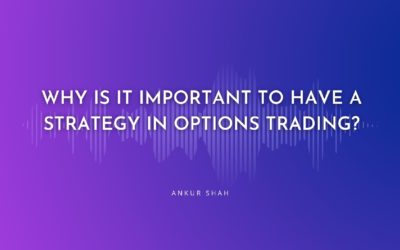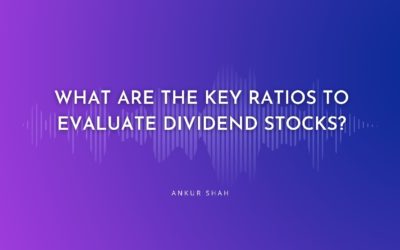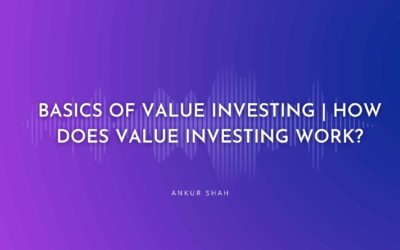Our investment approach is centered around three main pillars: 1) Focus on ROE, 2) Concentrated portfolio and 3) Long-term timeframe.
ROE (Return on Equity)
As a graduate of Harvard Business School, I’m a firm believer in the concept of competitive advantage as defined by strategy guru Michael Porter. Not only should companies strive for competitive advantage but also understand how to measure it. In her book, Understanding Michael Porter, Joan Magretta states the following:
“Performance, Porter argues, must be defined in terms that reflect the economic purpose every organization shares: to produce goods or services whose value exceeds the sum of the costs of all the inputs. In other words, organizations are supposed to use resources effectively.
The financial measure that best captures this idea is return on invested capital (ROIC). ROIC weighs the profits a company generates versus all the funds invested in it, operating expenses and capital. Long-term ROIC tells you how well a company is using its resources. It is also, Porter points out, the only measure that matches the multidimensional nature of competition: creating value for customers, dealing with rivals, and using resources productively. ROIC integrates all three dimensions. Only if a company earns a good return can it satisfy customers in a sustainable way. Only if it uses resources effectively can it deal with rivals in a sustainable way.”
ROIC takes into account both the debt and equity invested into the company, while ROE (Return on Equity, a related concept to ROIC, solely takes into account shareholders equity. For equity investors, ROE is the most appropriate measure of profitability for a business. Many wall street analysts and investors mistakenly believe that growth in and of itself is the best measure of management success. Unfortunately, I’ve seen too many examples of management teams that target growth at the expense of profitability and the underlying result is always detrimental to shareholder wealth. Additionally, we look for companies that are able to achieve high ROE without the use of excessive leverage. Ideally, we’re looking for businesses that have high profit margins, strong free cash flow generation, and low leverage.
Concentrated Portfolio
Admittedly, given our stringent investment criteria, it’s not easy finding suitable investment candidates. As a result, when we find a company that meets our criteria we want to take a meaningful position. By running a concentrated portfolio we increase the likelihood of outperforming the broader market over a 3-5 year timeframe. At any given time we will target having 15 to 20 companies in the portfolio. Typically each position in the portfolio will start with a 5% position size. Generally, I don’t believe in rebalancing when a winning position becomes a larger part of the portfolio. We believe in Phil Fisher’s view that “I don’t want a lot of good investments; I want a few outstanding ones.”
Long-term Timeframe
Companies that are run by competent management teams that maintain high returns on shareholder capital have the potential to be long-term compounding machines. With these types of businesses, time is your friend. Thus, we believe in taking the long view and not trading in and out of positions. We will generally only sell if the underlying business fundamentals deteriorate meaningfully or valuations become egregious.




